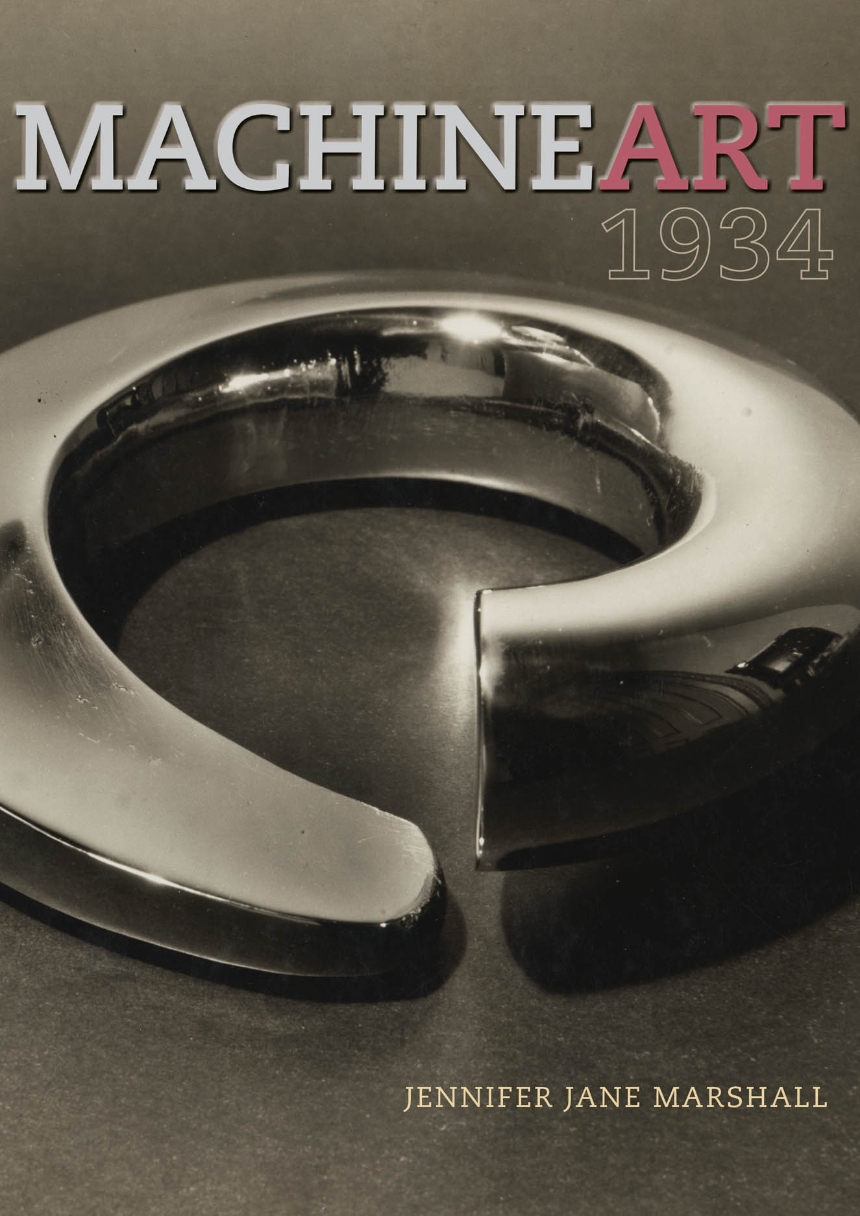Machine Art, 1934
In 1934, New York’s Museum of Modern Art staged a major exhibition of ball bearings, airplane propellers, pots and pans, cocktail tumblers, petri dishes, protractors, and other machine parts and products. The exhibition, titled Machine Art, explored these ordinary objects as works of modern art, teaching museumgoers about the nature of beauty and value in the era of mass production.
Telling the story of this extraordinarily popular but controversial show, Jennifer Jane Marshall examines its history and the relationship between the museum’s director, Alfred H. Barr Jr., and its curator, Philip Johnson, who oversaw it. She situates the show within the tumultuous climate of the interwar period and the Great Depression, considering how these unadorned objects served as a response to timely debates over photography, abstract art, the end of the American gold standard, and John Dewey’s insight that how a person experiences things depends on the context in which they are encountered. An engaging investigation of interwar American modernism, Machine Art, 1934 reveals how even simple things can serve as a defense against uncertainty.
Reviews
Table of Contents
Acknowledgments
Preface: A Particular Brand of Modernism
Introduction: Material Formalism
Preface: A Particular Brand of Modernism
Introduction: Material Formalism
1. Objectification
Machine Art’s Photographic Operations
Machine Art’s Photographic Operations
2. In Form We Trust
Machine Art’s Neoplatonism at the End of the American Gold Standard
3. The Art of Parts
Machine Art’s Alienated Objects and Their Rationalized Reassembly
4. Empiricism
The Object of Machine Art’s Experience
Epilogue: Opening the Circle
Notes
Bibliography
Index
Awards
Choice Magazine: CHOICE Outstanding Academic Title Awards
Won
Dedalus Foundation: Robert Motherwell Book Award
Won
